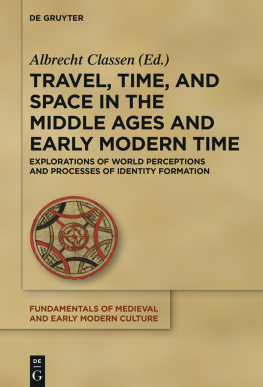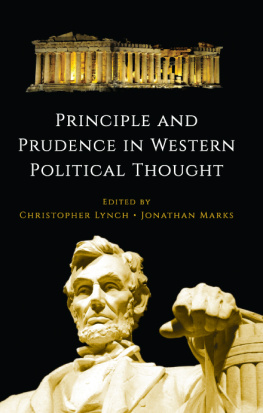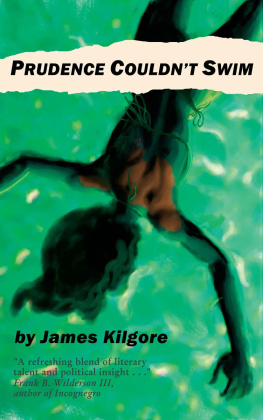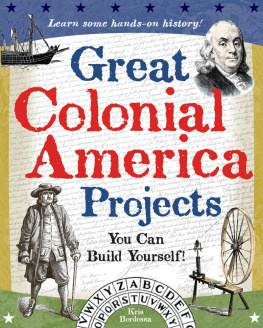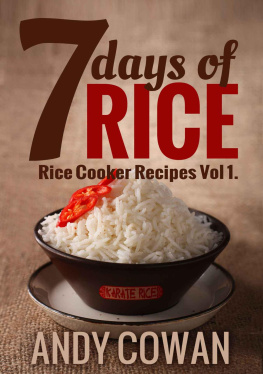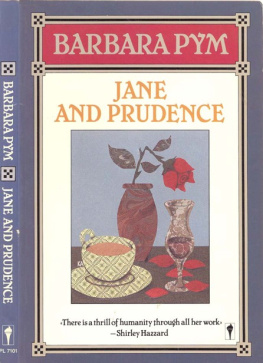Space-Time Perspectives on Early Colonial Moquegua
Space-Time Perspectives on Early Colonial Moquegua
Prudence M. Rice
University Press of Colorado
Boulder
2013 by University Press of Colorado
Published by University Press of Colorado
5589 Arapahoe Avenue, Suite 206C
Boulder, Colorado 80303
All rights reserved
Printed in the United States of America

The University Press of Colorado is a proud member of The Association of American University Presses.
The University Press of Colorado is a cooperative publishing enterprise supported, in part, by Adams State University, Colorado State University, Fort Lewis College, Metropolitan State University of Denver, Regis University, University of Colorado, University of Northern Colorado, Utah State University, and Western State Colorado University.
The paper used in this publication meets the minimum requirements of the American National Standard for Information SciencesPermanence of Paper for Printed Library Materials. ANSI Z39.48-1992
Library of Congress Cataloging-in-Publication Data
Rice, Prudence M.
Space-time perspectives on early colonial Moquegua / Prudence M. Rice.
pages cm
Includes bibliographical references and index.
ISBN 978-1-60732-275-7 (hardcover : alk. paper) ISBN 978-1-60732-276-4 (ebook)
1. Indians of South AmericaColonizationPeruMoquegua (Department) 2. Indians of South AmericaFirst contact with EuropeansPeruMoquegua (Department) 3. Indians of South AmericaPeruMoquegua (Department)Antiquities. 4. Landscape archaeologyPeruMoquegua (Department) 5. Cultural landscapesPeruMoquegua (Department) 6. Political ecologyPeruMoquegua (Department) 7. Encomiendas (Latin America) 8. Names, GeographicalPeruMoquegua (Department) 9. SpainColoniesAmericaAdministration. 10. Moquegua (Peru : Department)History. 11. Moquegua (Peru : Department)Colonization. 12. Moquegua (Peru : Department)Antiquities. I. Title.
F3429.1.M65R53 2013
985'.34dc23
2013018794
22 21 20 19 18 17 16 15 14 13 10 9 8 7 6 5 4 3 2 1
Preface
Since the early 1990s Ive fretted about not meeting my responsibilities for full and timely publication of the data from the Moquegua Bodegas Project. I can trot out the usual excuses: increasing administrative duties, a return to fieldwork in the Maya area, supervision of graduate students, and so on. In 2009, however, with the good fortune of both a sabbatical leave and growing interest in historical archaeology in the Andes, I was able to synthesize the findings of the Moquegua Bodegas Project into a monograph entitled Vintage Moquegua: History, Wine, and Archaeology on a Peruvian Periphery (). Vintage Moquegua is a history of the introduction of wine-based agrarian capitalism into this tiny valley on the periphery of the European world system. But because of limits on the length of the volume, I was unable to include raw data from project excavations, especially at Locumbilla, the most intensively investigated winery site, and at the congregacin site of Torata Alta.
So I began writing half a dozen articles presenting these data and interpretations. While developing these analyses, however, I grew increasingly frustrated with the sclerotic processes of peer review and publication in scholarly journals and the need for repetition of basic background information in each manuscript: field operations, Moqueguas environment, various maps, references, and so on. Mindful of a frequent critique of academiciansthat we publish the same information over and over, but in different journalsas well as the waste of trees in devoting repeated pages to the same information (even in this electronic world), I concluded that the most appropriate solution to both dilemmas was to bring everything together in a single volume.
The sense of unfinished business had another component. After leading a graduate seminar on Space and Place focused on the Maya, I grew more interested in the production of space in settings of in-migration and colonization. I was particularly concerned with the espacio Moqueguano as part of what Carlos calls the espacio Peruano. Specifically, I wanted to explore what Moqueguas experience might tell us about landscape, space, and place and their meanings and orderings in colonial encounters, as well as what the orderings and meanings of landscape, space, and placethe spatializationsin such encounters might tell us about Moquegua. I drafted a paper about some of my ideas and asked the seminar participants to read it, and one student responded that she thought it contained too many ideas for a single article. So I decided to prepare the present book, the completion of which has been greatly furthered by my retirement from academia.
With respect to the meanings of spaces and places, I am intrigued by the observation that places come into being through praxis... places produce meaning... [and] control over the meanings of place [should be returned] to the rightful producers of it (: 642, 643, 644). One way to investigate the processes of colonialism and layering of spatial meanings is through toponyms: their linguistic sources (i.e., the colonized or the colonizers) and patterns of retention, loss, and renaming. In the Moquegua landscape, for example, some ancient indigenous toponyms were lost, and others were appropriated into the Spanish-colonial wine-based political economy. I also look at the spaces and spatializations embodied in tin-enameled (majolica) pottery: this beautiful ware has a history of more than a millennium that spans the globe. The details of its productionespecially the colorful decoration carefully painted onto its surface spacesits trade, and its use provide insights into cultural interactions not otherwise easily obtained.
The result of my explorations is the present volume, a compilation of essays about various aspects of the history and archaeology of Moquegua from the perspective of spaces and their ordering. This volume lacks the narrative arc of Vintage Moquegua because it treats disparate topics that are not strictly organized chronologically, although they are thematically linked. The focus is primarily on a moment in Moqueguas history: Spanish contact, which appears to have begun around AD 153435. Archaeologically (and even historically), of course, it is impossible to define this literally as a single moment in clock-time or calendar-time. Indeed, to try to do so would be a pointless exercise: Spanish contacts with, and colonization of, the valley occurred over several decades, and Moqueguas initial experience with the Europeans was significantly contoured by its incorporation into the Inka empire little more than a half century earlier. ).
The findings of my project in Moquegua can be situated in the movement, beginning in the late 1970s, to shift colonial Andean historiography from a focus on political elites revolving around the opulent viceregal court and the European legacy of Lima and Cuzco and instead to investigate rural landscapes and peoples (: 23738).
But scholarly critique works both ways: archaeologists interested in Andean civilizations typically write their histories up to the Spanish conquest and then end abruptly, as if pre- and post-conquest societies were totally disjunctive. Despite the catastrophic epidemiological and demographic Columbian consequences of European contact, elements of indigenous civilizations, some elite and some commoner, survived throughout the Americas. The artifice of assigning pre- and post-1534 events to different scholarly disciplines, archaeology and (ethno-) history, often contributes to a failure to recognize and integrate the perduring influences of indigenous voices, structures, institutions, material/technological influences, cosmologies, and what can be broadly termed worldview into post-1534 Andean histories. It diminishes and dishonors the survivorship. Further, as I try to show, historical documentation can contribute insights into the late pre-Hispanic period (see also ).





